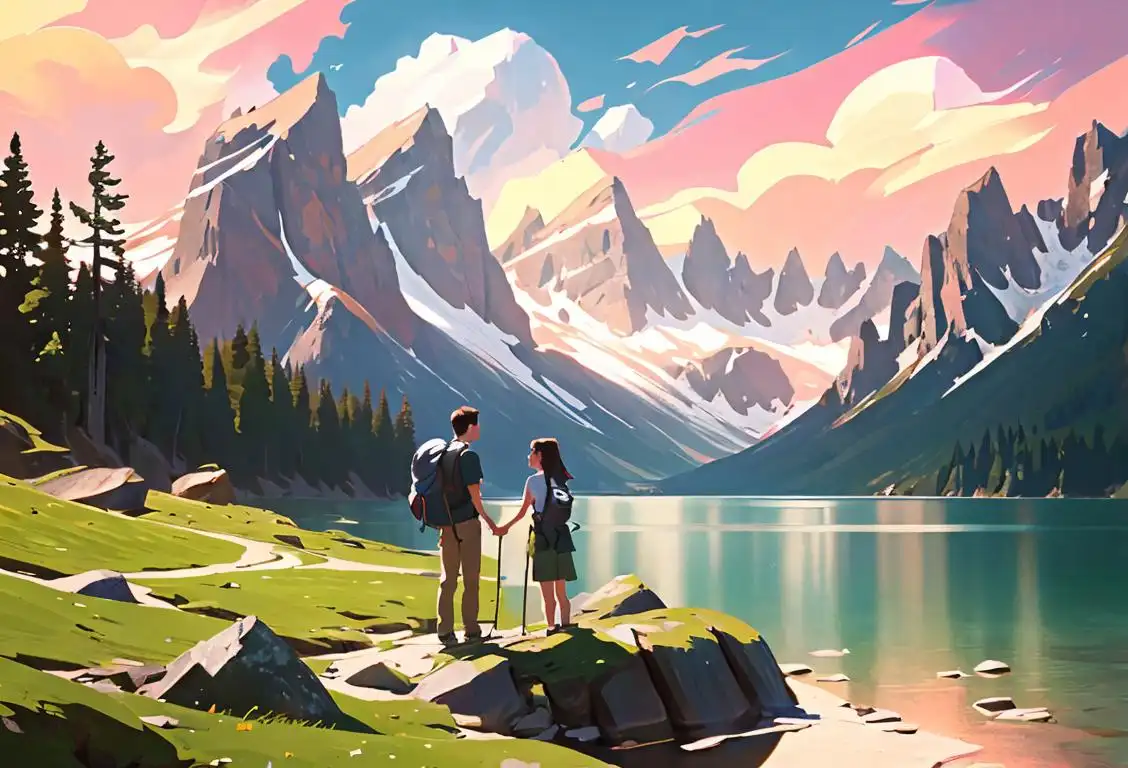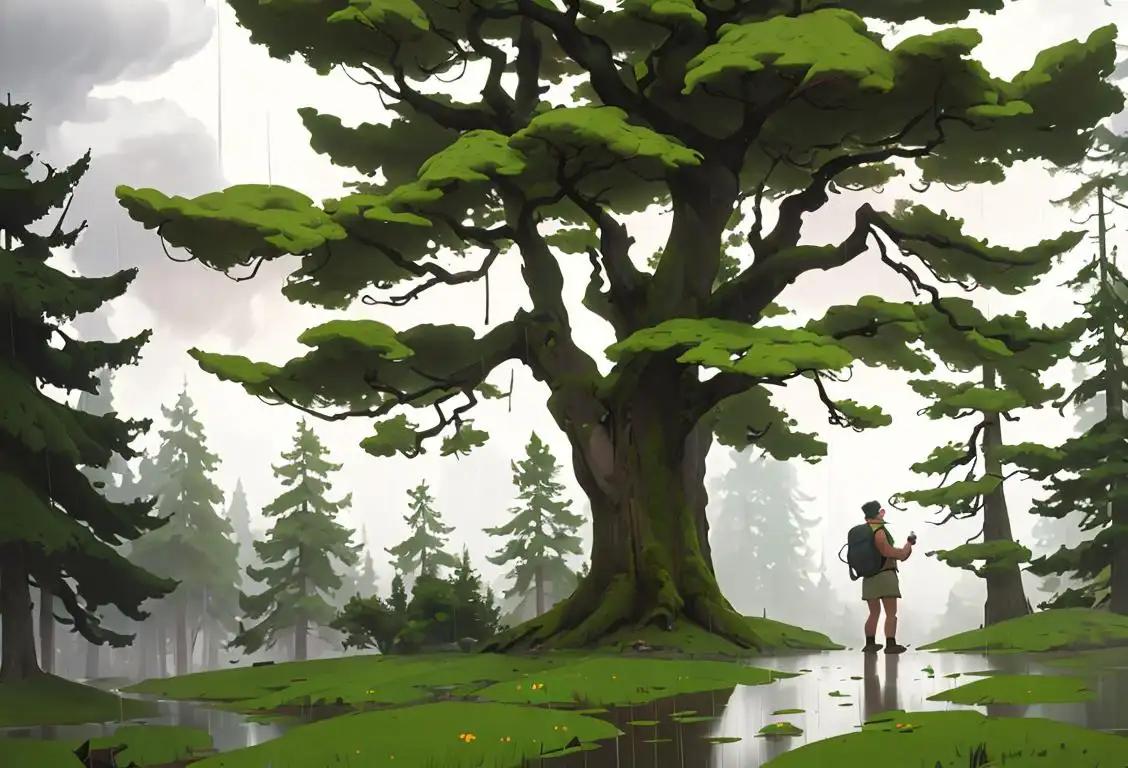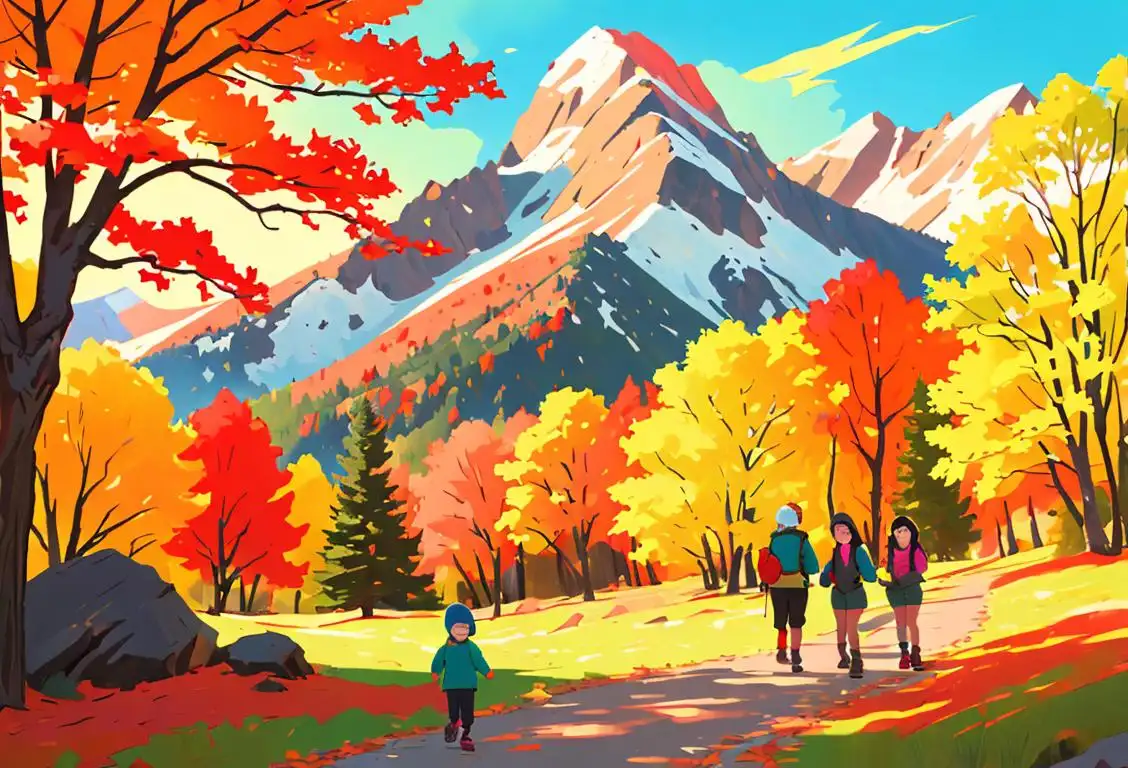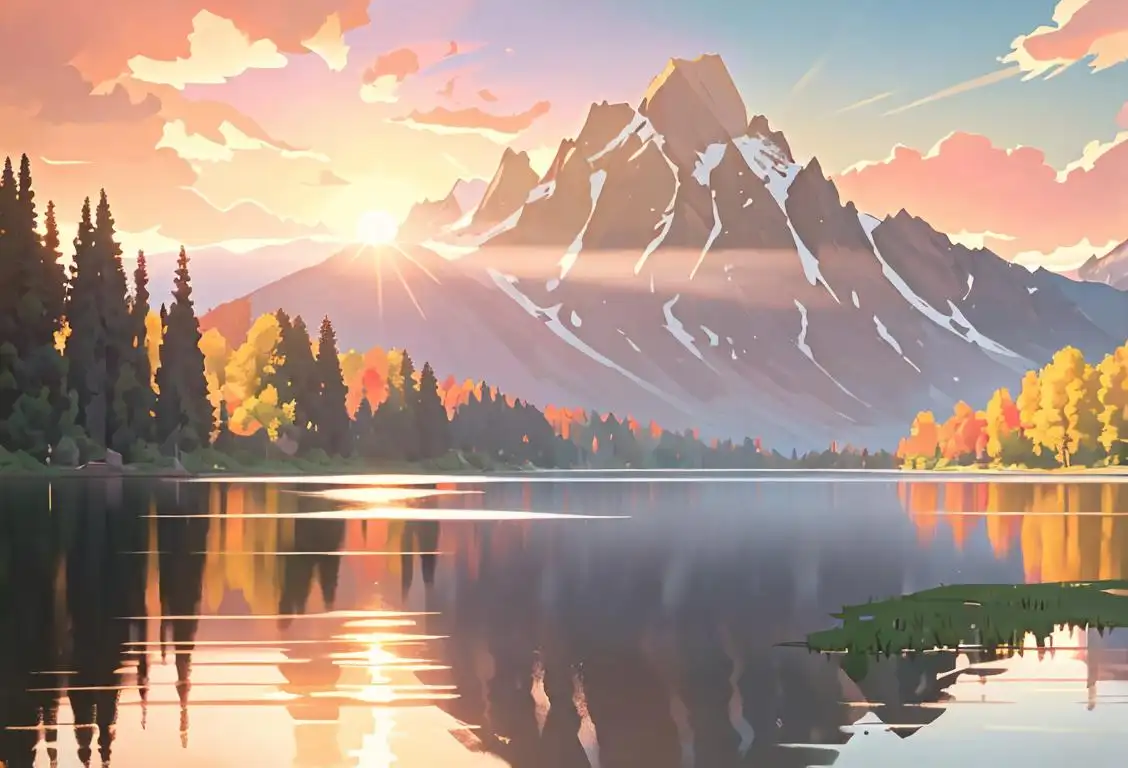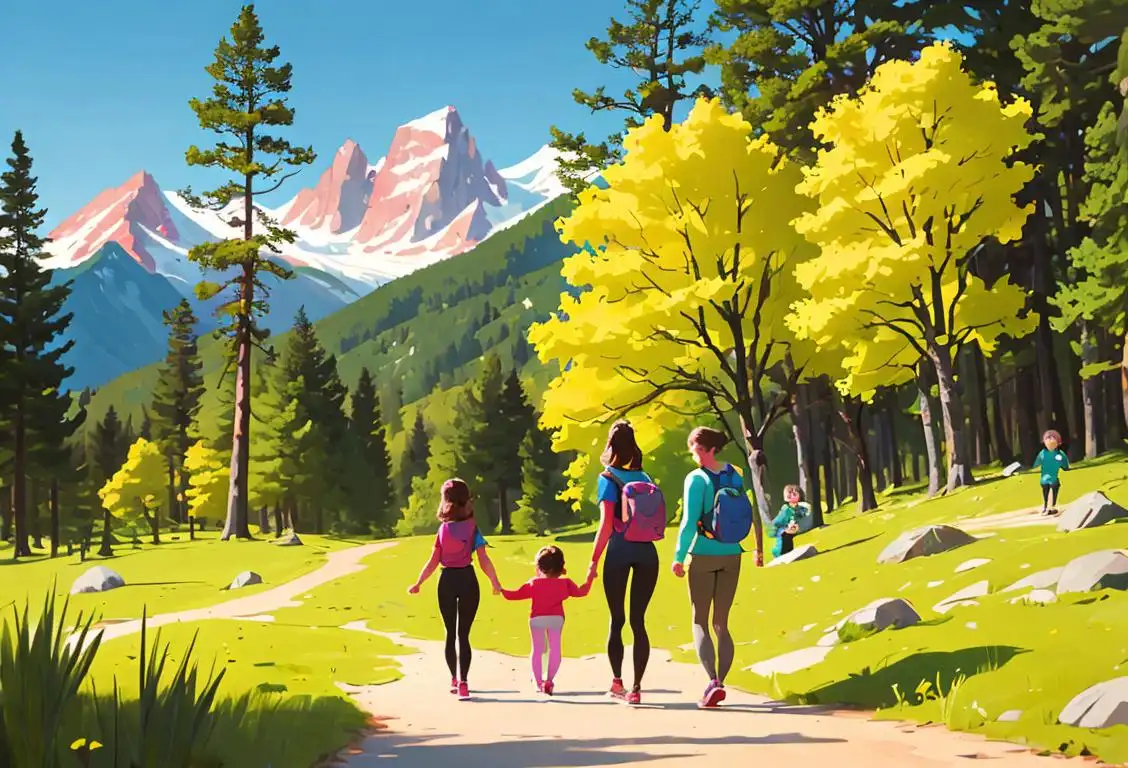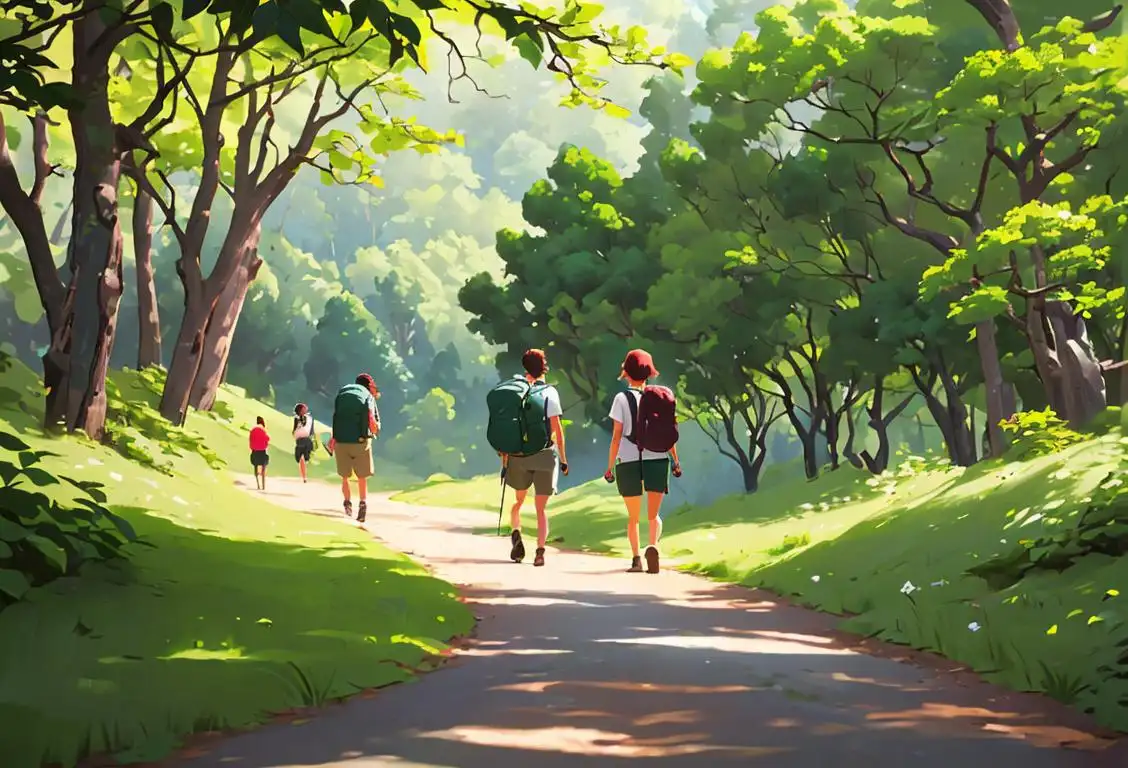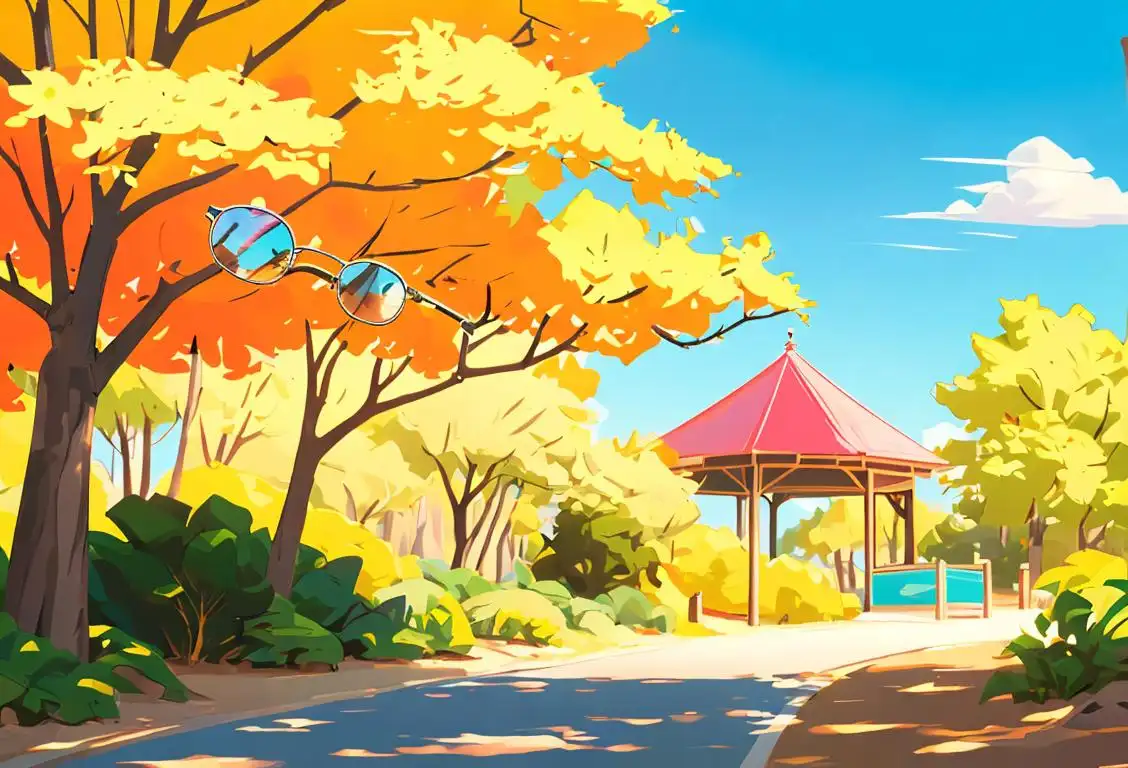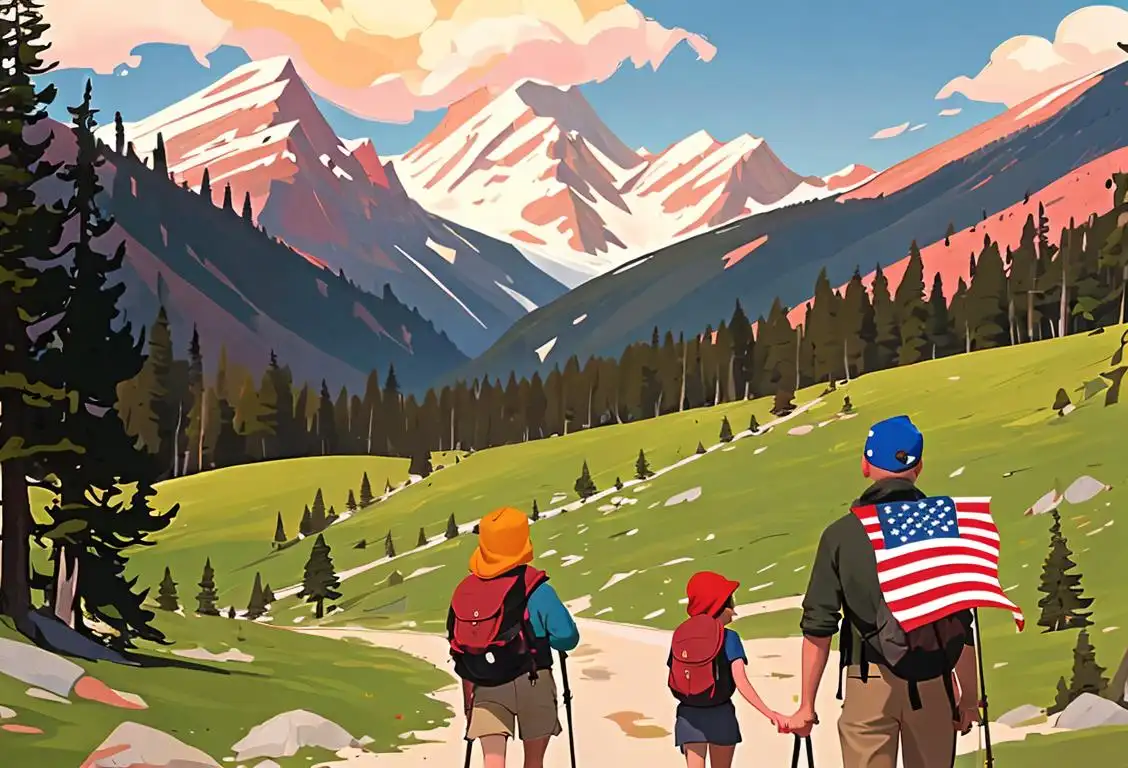National Park For A Day
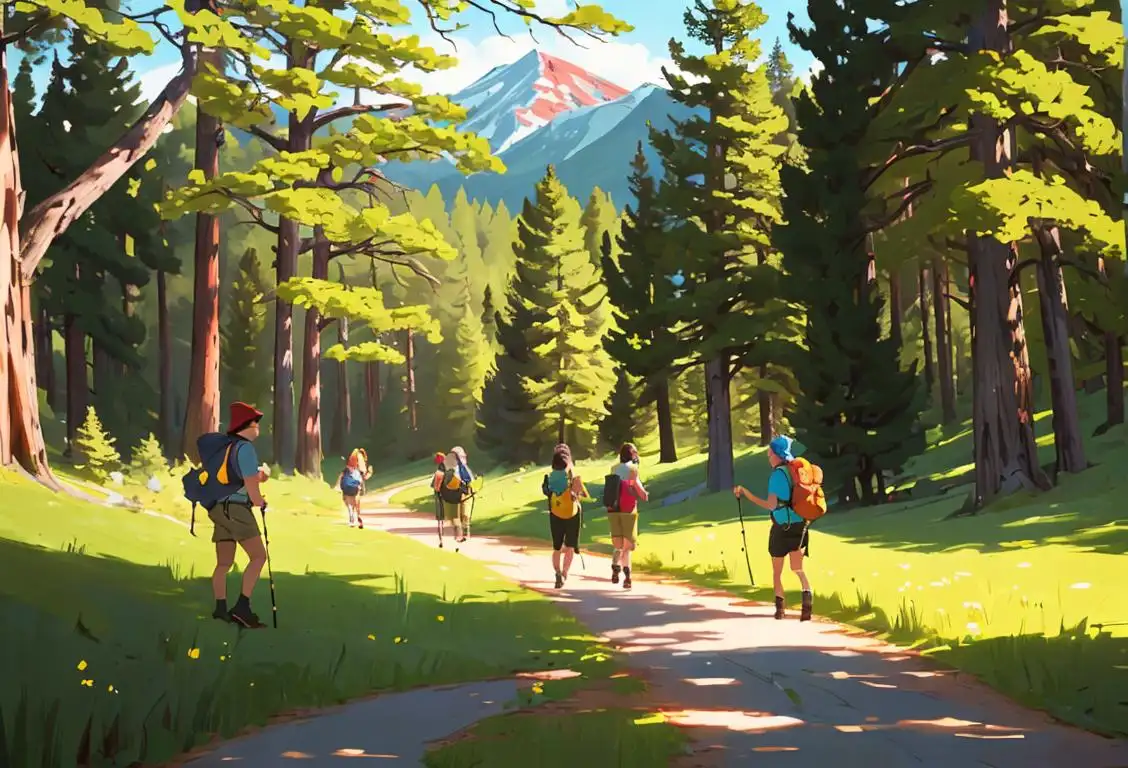
Welcome to National Park for a Day! Get ready to embark on an adventure surrounded by breathtaking natural beauty and awe-inspiring wildlife. Whether you're a seasoned outdoor enthusiast or just looking for a fun day out with loved ones, this national day is the perfect occasion to explore the wonders of the great outdoors.
When is Park For A Day?
It's national park for a day on the 22nd July.
A Journey into Nature
National Park for a Day celebrates the incredible national parks that dot the map of our beautiful planet. These protected areas are a sanctuary for a diverse range of flora and fauna, and they provide an opportunity for us to reconnect with Mother Nature.
Did you know that the concept of national parks has been around for centuries? The world's first national park, Yellowstone National Park, was established in the United States in 1872. Since then, countries all over the world have followed suit, recognizing the importance of preserving and safeguarding our natural heritage.
Perhaps you're wondering what makes national parks so special. Well, besides the obvious display of jaw-dropping landscapes, national parks offer a multitude of activities for visitors to enjoy. From hiking trails that lead to hidden waterfalls to camping under a starlit sky, there's something for everyone.
Exploring the Wilderness
When it comes to national parks, the options are endless. Lace up your hiking boots and venture into the majestic mountains of Yosemite National Park, where granite cliffs and ancient sequoias create a stunning backdrop. If you prefer the tranquility of coastal landscapes, head to Acadia National Park and immerse yourself in the rugged beauty of Maine's rocky shores.
Not a fan of hiking? No problem! National parks offer a myriad of recreational activities such as biking, kayaking, birdwatching, and even rock climbing. There's no shortage of adventures waiting to be had!
Preserving the Gems of Nature
While National Park for a Day is a time for celebration and exploration, it's also a reminder of the importance of conservation. National parks serve as a sanctuary for endangered species and fragile ecosystems, providing a vital lifeline for the survival of these invaluable natural treasures.
So, pack your sense of wonder and appreciation, and join the millions of people around the world in celebrating National Park for a Day. It's a day to reconnect with nature, create cherished memories with loved ones, and above all, pay homage to the remarkable landscapes that make our planet so extraordinary.
History behind the term 'Park For A'
1869
The Creation of Central Park
Central Park, located in the heart of Manhattan, New York City, was the first major public park established in the United States. In 1869, the park was officially opened to the public, providing a recreational space for city dwellers. Its creation marked a significant moment for the concept of parks as accessible green spaces for the general population.
1864
The Birth of Central Park
In 1864, Central Park in New York City was officially designated as a public park. Central Park quickly became a popular urban refuge, offering city dwellers a space to escape the hustle and bustle of everyday life. The park was designed by landscape architects Frederick Law Olmsted and Calvert Vaux, who envisioned it as a place where people of all walks of life could come together and enjoy nature.
1864
The birth of public parks
In 1864, the United States experienced a pivotal moment in the history of parks. The nation's first public park, Central Park, was opened in New York City. Designed by Frederick Law Olmsted and Calvert Vaux, this urban oasis became an instant success. Central Park provided a sanctuary from the bustling city streets, offering a place where people could relax, socialize, and engage with nature. This marked the beginning of a new era for public spaces in the U.S.
1874
Expanding Public Park Access
As the idea of public parks gained popularity, more cities began investing in creating green spaces for their residents. In 1874, Boston established the first public park system in America, known as the Boston Parks and Recreation Department. This marked a significant step in the movement towards providing more opportunities for people to 'park for a' while enjoying nature and outdoor activities.
1916
Creating Open Spaces for All
The National Park Service was established in 1916 to preserve and protect natural and cultural resources across the United States. This marked a significant milestone in the history of parks, as it laid the foundation for the establishment of national parks, monuments, and historic sites. The creation of the National Park Service helped ensure that Americans had access to open spaces and pristine environments for recreational purposes.
1874
Boston establishes its first park system
The year 1874 saw Boston leading the way in establishing a formal park system. The famous landscape architect Frederick Law Olmsted, renowned for his work on Central Park, was commissioned to design a network of parks and parkways throughout the city. This revolutionary approach aimed to provide residents with accessible and interconnected green spaces, ensuring all citizens had equal access to the benefits of public parks. The success of Boston's park system influenced the development of urban parks in cities across the country.
1904
National Parks System in the United States
The year 1904 saw the establishment of the National Park Service (NPS) in the United States. The NPS was created to manage and preserve the nation's natural and cultural resources, including national parks, monuments, and historic sites. This step brought a new level of recognition and protection to various 'parks for a' across the country and highlighted their significance in preserving natural beauty and history.
1949
The Rise of State Parks
In 1949, the State Park Movement gained significant momentum in the United States. Many states began designating and creating their own parks to preserve natural areas and provide recreational opportunities for their residents. State parks played a crucial role in ensuring that people from all walks of life had access to outdoor spaces for relaxation, camping, hiking, and other activities.
1890
National Park System is born
In 1890, the U.S. government took a significant step forward with the establishment of the National Park System. The first national park, Yellowstone National Park, was designated in 1872, but it wasn't until the passing of the Organic Act in 1890 that the system gained official recognition. This act created a framework for the management and preservation of national parks, ensuring their protected status for generations to come. Today, the National Park System encompasses over 400 parks, monuments, and historic sites, attracting millions of visitors annually.
1949
The Term 'Park for a' Gains Popularity
By 1949, the term 'park for a' had become a widely recognized concept encompassing the idea of finding a suitable outdoor space to relax and enjoy leisure activities. The increasing availability of parks, both urban and national, contributed to the popularity of this term. Parks began to be seen as places where individuals and families could escape the bustling city environments and find solace in nature.
1970s
Promoting Environmental Awareness
During the 1970s, there was a growing recognition of the importance of environmental conservation and sustainability. National and international movements advocating for the protection of natural resources gained traction. Parks became not just places for recreation, but also platforms for promoting environmental awareness and education. This era marked a significant shift in the public perception of parks, as they were seen as critical components of a sustainable future.
1916
National Park Service is formed
The year 1916 witnessed another significant milestone in park history as the National Park Service (NPS) was established. Designed to oversee and manage the growing number of national parks, the NPS became the primary guardian of these natural and cultural treasures. Its mission not only includes preserving the parks but also making them accessible to the public and promoting their educational and recreational value. The NPS is celebrated for its dedication to preserving America's natural beauty and heritage.
1987
Japanese Concept of 'Shinrin-yoku'
In 1987, the Japanese term 'Shinrin-yoku' gained popularity. It translates to 'forest bathing' and refers to the practice of immersing oneself in the atmosphere of the forest for relaxation and health benefits. The concept highlights the healing and therapeutic aspects of spending time in natural environments. 'Shinrin-yoku' further emphasized the importance of parks and green spaces in promoting mental and physical well-being.
1930s
Public parks as social gathering places
During the 1930s, public parks played a crucial role in American society as social gathering places. The Great Depression brought people together in search of solace and community, and parks provided the perfect setting for outdoor activities and recreational programs. From picnics and concerts to sports events and theatrical performances, parks became vibrant hubs of social interaction. This era cemented the cultural significance of public parks as important communal spaces.
2005
International Focus: 'Park for a' Day
In 2005, the International Federation of Park and Recreation Administration (IFPRA) established 'Park for a' Day, celebrated on July 1st each year. This global initiative aimed to raise awareness about the importance of parks and their role in promoting art, culture, and physical and mental health. 'Park for a' Day encourages individuals to spend time in their local parks, appreciating the benefits and beauty they offer.
Today
Parks as Essential Urban Sanctuaries
Today, parks continue to be essential urban sanctuaries that provide respite from the fast-paced city life. They offer recreational activities, serve as vibrant communal spaces, and play a crucial role in maintaining ecological balance. Parks have evolved into dynamic cultural markers, hosting events, festivals, and celebrations that bring diverse communities together. As society recognizes the significance of green spaces, parks are consistently being designed to be inclusive, accessible, and sustainable for all.
1970s
Environmental consciousness and green spaces
The 1970s marked a turning point in terms of environmental consciousness and the value placed on green spaces. As the concept of environmentalism gained momentum, parks became emblematic of efforts to protect and preserve the natural world. People began to realize the importance of creating and maintaining urban green spaces to counteract the negative effects of pollution, urbanization, and climate change. The 1970s witnessed a revitalization of parks, with increased investment in landscaping, tree planting, and the creation of recreational facilities to meet the evolving needs of communities.
2021
Parks as essential spaces for well-being
In modern times, parks continue to hold immense cultural and social significance. They have evolved into essential spaces for well-being, offering opportunities for physical activity, leisure, and mental rejuvenation. Parks now cater to diverse interests, featuring amenities such as playgrounds, fitness areas, walking trails, and open green spaces. They serve as oases in the midst of busy urban landscapes, promoting a healthier and more balanced lifestyle. National Park Days are celebrated to honor the value of parks and encourage people to enjoy and appreciate these valuable public resources.
Did you know?
Did you know that there are over 6,000 national parks worldwide? From the snow-capped peaks of the Himalayas to the hidden wonders of the Amazon rainforest, national parks offer us a window into some of the most stunning landscapes on Earth.Tagged
fun loved ones nature adventure conservationFirst identified
3rd September 2015Most mentioned on
22nd July 2020Total mentions
418Other days
Park For Free On Day
Park For A Day
Park On A Cloudy Day
Parks One Day
Park Is Beautiful At Both Times Of The Day
Parks For A Day
Parks Will Be Free For Everyone Day
Go Fishing Day
Park On A Sunny Day
Parks On Presidents Day
